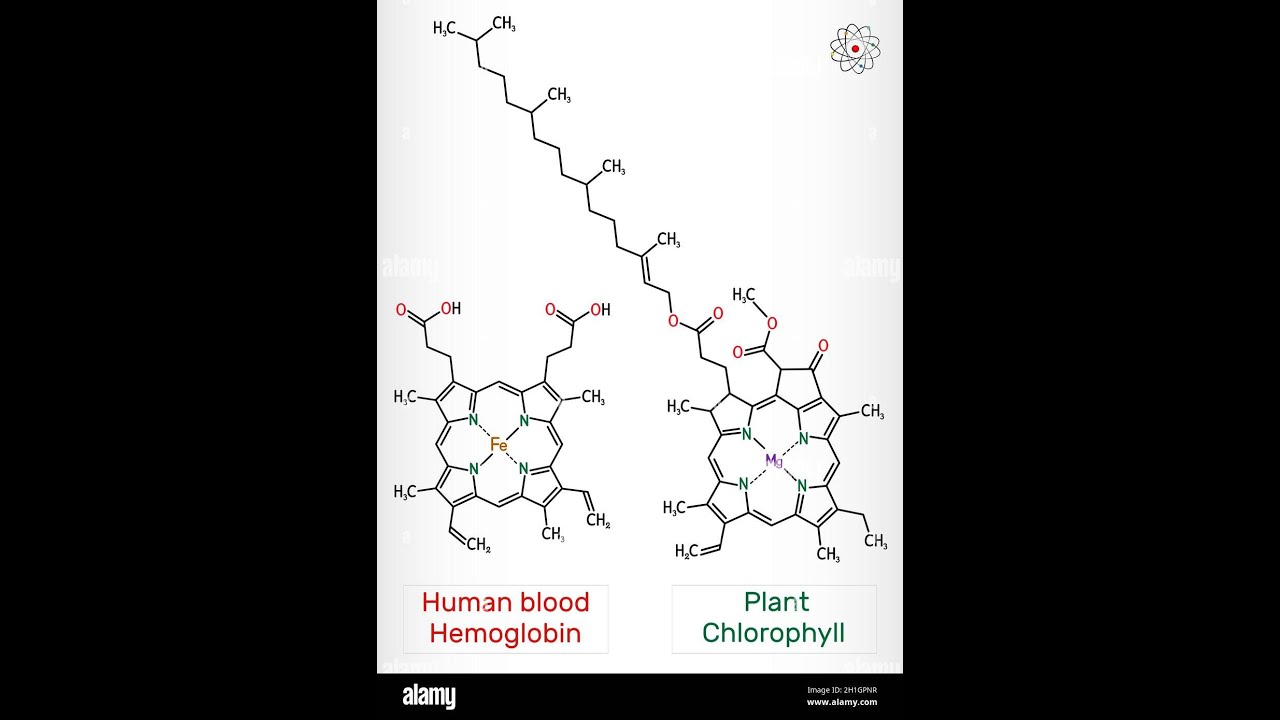Guests: Doug Sharp and Rich Geer
Description: Chlorophyll is the life-affirming pigment that lends plants, algae, and cyanobacteria their characteristic green hue and underpins the fundamental process of photosynthesis. Without chlorophyll, the transformation of sunlight into chemical energy fueling ecosystems across the planet would not be possible. The synthesis of this pigment is a marvel of cellular biochemistry, involving a series of complex reactions that bridge the worlds of molecular genetics, metabolism, and environmental adaptability.
Chlorophyll’s principal role is in the absorption of light, predominantly in the blue and red portions of the electromagnetic spectrum, driving the photosynthetic process. There are several types of chlorophyll, most notably chlorophyll a and b, which differ slightly in molecular structure, conferring distinct absorption properties and roles within the photosynthetic apparatus.
At its core, chlorophyll is a porphyrin, a large heterocyclic molecule containing a magnesium ion centrally coordinated within a ring made up of four smaller pyrrole subunits. This structure optimally positions the pigment to capture light energy and participate in the electron transfer reactions that power photosynthesis.
The biochemical synthesis of chlorophyll follows a similar chemical pathway as hemoglobin. Chlorophyll transports carbon dioxide; hemoglobin transports oxygen. Their evolutionary origins couldn’t be further apart, yet the fact that their synthesis is almost identical and their structure also is very similar shouts the fact that these mechanisms were designed by God.
